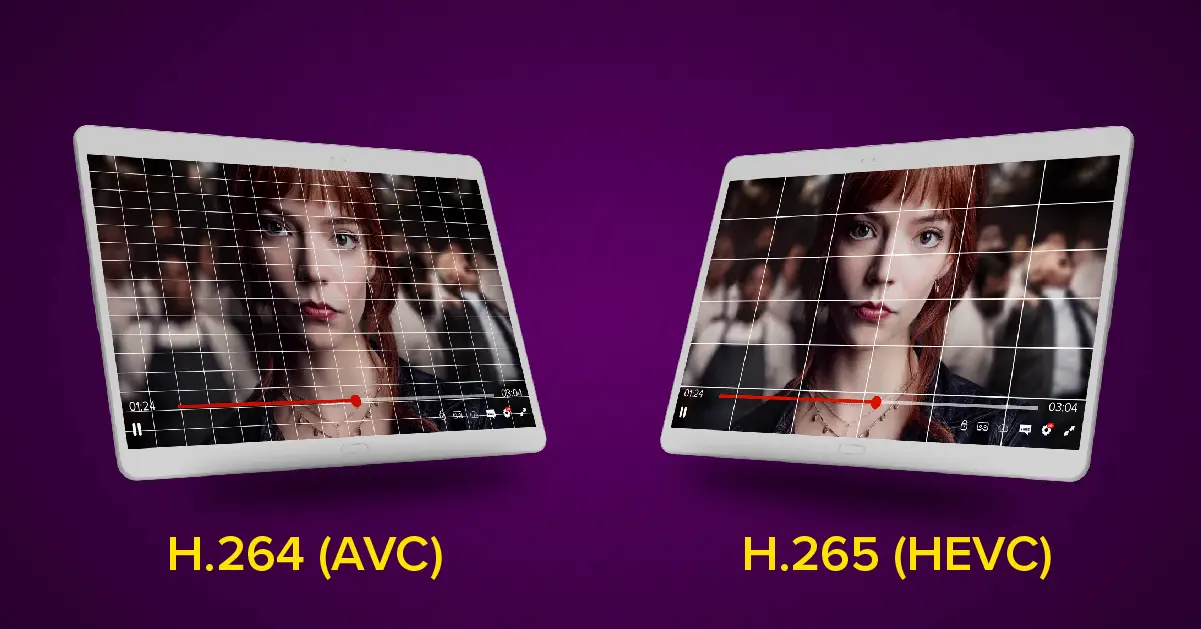
The VP9 codec, developed by Google, has become a cornerstone of online video streaming. It offers a significant leap forward in video compression technology, enabling high-quality video playback at lower bitrates compared to its predecessors. This translates to smoother streaming experiences, reduced data consumption, and cost savings for content providers.
What is VP9?
VP9 stands for VP (Video Processing) 9 and is an open-source and royalty-free video codec. Unlike codecs with licensing fees, VP9 allows anyone to use it freely without restrictions. This fosters broader adoption and innovation within the web development community.
As the successor to the VP8 codec, VP9 boasts several improvements:
- Enhanced compression: VP9 achieves around 50% better bitrate efficiency compared to VP8. This means it can deliver the same video quality at half the file size.
- High-resolution support: VP9 effectively handles high-resolution videos like 4K and 8K, making it suitable for the future of online video.
- Improved motion prediction: VP9 incorporates advanced algorithms for predicting motion within video frames. This allows for more efficient compression of fast-moving scenes.
How Does VP9 Work?
Similar to other video codecs, VP9 works by compressing video data for efficient storage and transmission. Here’s a simplified breakdown:
- Frame division: A video is divided into individual frames.
- Redundancy identification: Within each frame, VP9 identifies areas with redundant information, such as similar neighboring pixels.
- Data compression: Redundant data is discarded or represented more efficiently using various coding techniques.
- Decoding: When a VP9-encoded video is played back, the decoder reverses the compression process, reconstructing the original video data.
VP9 employs several advanced algorithms for these steps, resulting in superior compression efficiency compared to older codecs.
Benefits of VP9 for Streaming
VP9 offers significant advantages for video streaming services like YouTube and Netflix:
- Reduced bandwidth costs: By requiring less bandwidth to deliver high-quality video, VP9 translates to lower costs for content providers.
- Improved user experience: Faster loading times and smoother playback, especially for users with limited bandwidth, enhance the overall viewing experience.
- Wider device compatibility: VP9 is supported by most modern web browsers and devices, ensuring a wider reach for video content.
VP9 vs. Other Codecs: A Look at the Competition
While VP9 is a powerful codec, it faces competition from established options like H.264/AVC and the newer HEVC/H.265:
- H.264: This widely used codec offers decent compression but struggles with high-resolution content. Additionally, H.264 licensing fees can be a burden for some content providers.
- HEVC/H.265: This codec boasts even better compression than VP9, but its licensing fees and lack of widespread hardware support can be drawbacks.
VP9 strikes a balance between compression efficiency, royalty-free licensing, and growing hardware and software support, making it a compelling choice for modern web video streaming.
The Future of VP9
While newer codecs like AV1 are emerging, VP9 remains a dominant force in online video. Its established presence, browser compatibility, and strong industry backing ensure its continued relevance. As hardware capabilities improve, VP9 decoding will become even more efficient, further solidifying its position in the video streaming landscape.

